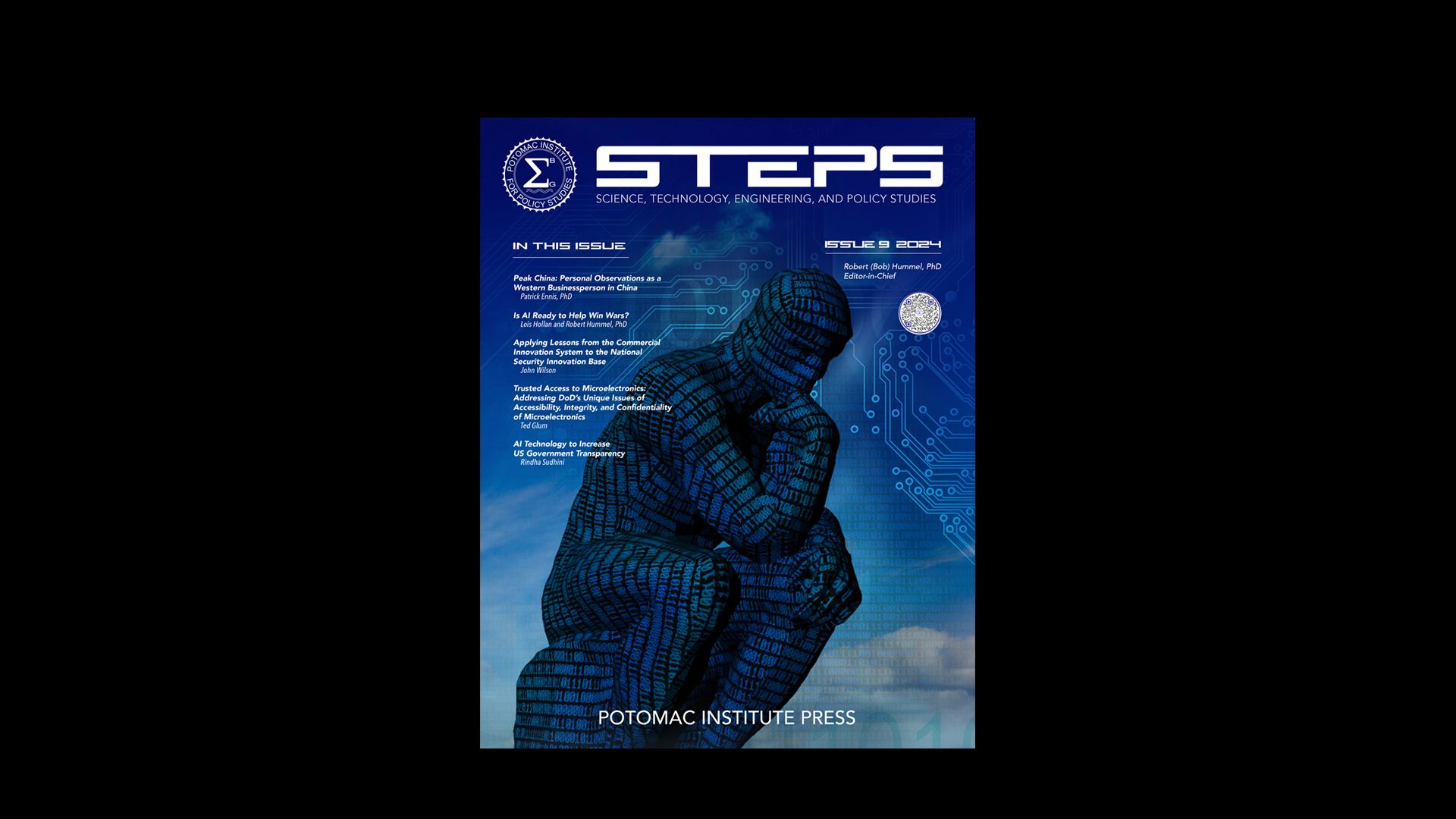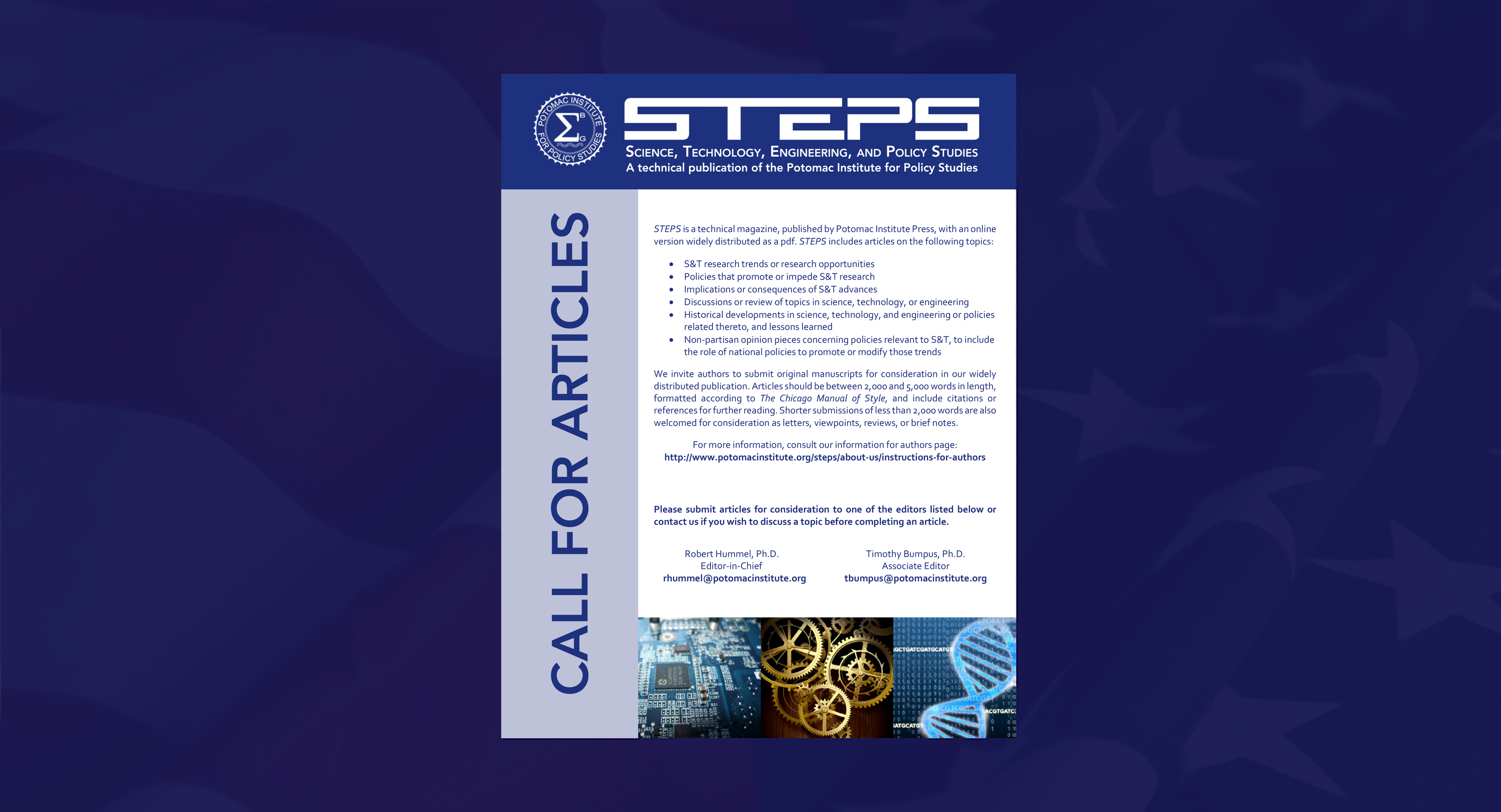Not monolithic, but inextricably linked
Criminal activity, even in local spheres, has an effect in the international realm and on national security. Drawing from experiences in law enforcement, federal government, and academia, three experts discussed the links between crime and terrorism at the Potomac Institute on November 21, 2013.
Anthony Placido (Principal, Booz Allen Hamilton) and Former Assistant Administrator for Intelligence, Drug Enforcement Administration, focused on how transnational organized crime groups mimic terror tactics. According to Mr. Placido, transnational organized crime groups are corporations with the capacity to inflict severe damage, and groups such as Mexican cartels are using terror tactics to further their criminal organization. Environmental damage, government destabilization, and an orphan population were also evidenced as examples of the damages inflicted by transnational organized crime. Today the global drug trade generates $400 billion in revenue, and this revenue has been used by terrorist members, such as evidenced in the Madrid bombings, to further develop terrorist training and procurement of materials.
The next speaker Dr. Vanda Felbab-Brown (Senior Fellow, Brookings Institution) explained the function of illicit economies, and argued that on the one hand, illicit economies pose a threat to the rule of law, and on the other, they are often legitimized by the civilian population. In her discussion, illicit economics such as the drug trade undermine legal economic activity, and can also influence the political realm by controlling money on the street. Moreover, in some cases unlawful economies also serve as the foundation for a nation’s economy, such as in Afghanistan were opium poppy cultivation and human security function jointly.
The final speaker, Mark Stainbrook (Assistant Chief, San Diego Harbor Police), described how his experience with diaspora communities in the UK led to specific conclusions about mitigating the threat of transnational organized crime. He highlighted his work as a law enforcement and military official abroad, and how the affects of diaspora communities, enhanced globalization and transnationalism, impact transnational gangs. According to Mr. Stainbrook, transnational gangs have an international reach, and gangs often have conglomerates in multiple regions throughout the globe. Thus, a balance between covert and overt action should exist; and local law enforcement agencies with familiarity about transnational crime communities, should continue to provide information about groups and individuals.
While the speakers agreed that transnational organized crime and terrorism are not and should not be viewed as monolithic, the two issues are inextricably linked. In concluding the seminar, all three panelists provided various methods for dealing with this pressing issue. Mr. Placido argued that there is not a one size fits all approach, but that targeting the infrastructure of transnational organized crime can be effective. Dr. Felbab-Brown believes that the goal is to purport the image of a “good” criminal, a criminal that does not collaborate with terrorists, is not very violent, is removed from society, and is one without the capacity to corrupt institutions. She suggested policies to insert and drive a wedge between the bad criminals and terrorist groups. Concluding the seminar, Mark Stainbrook stated that the goal of law enforcement is long-term prevention rather than detection, and that there exists a need to implement community-based policing strategies.

















